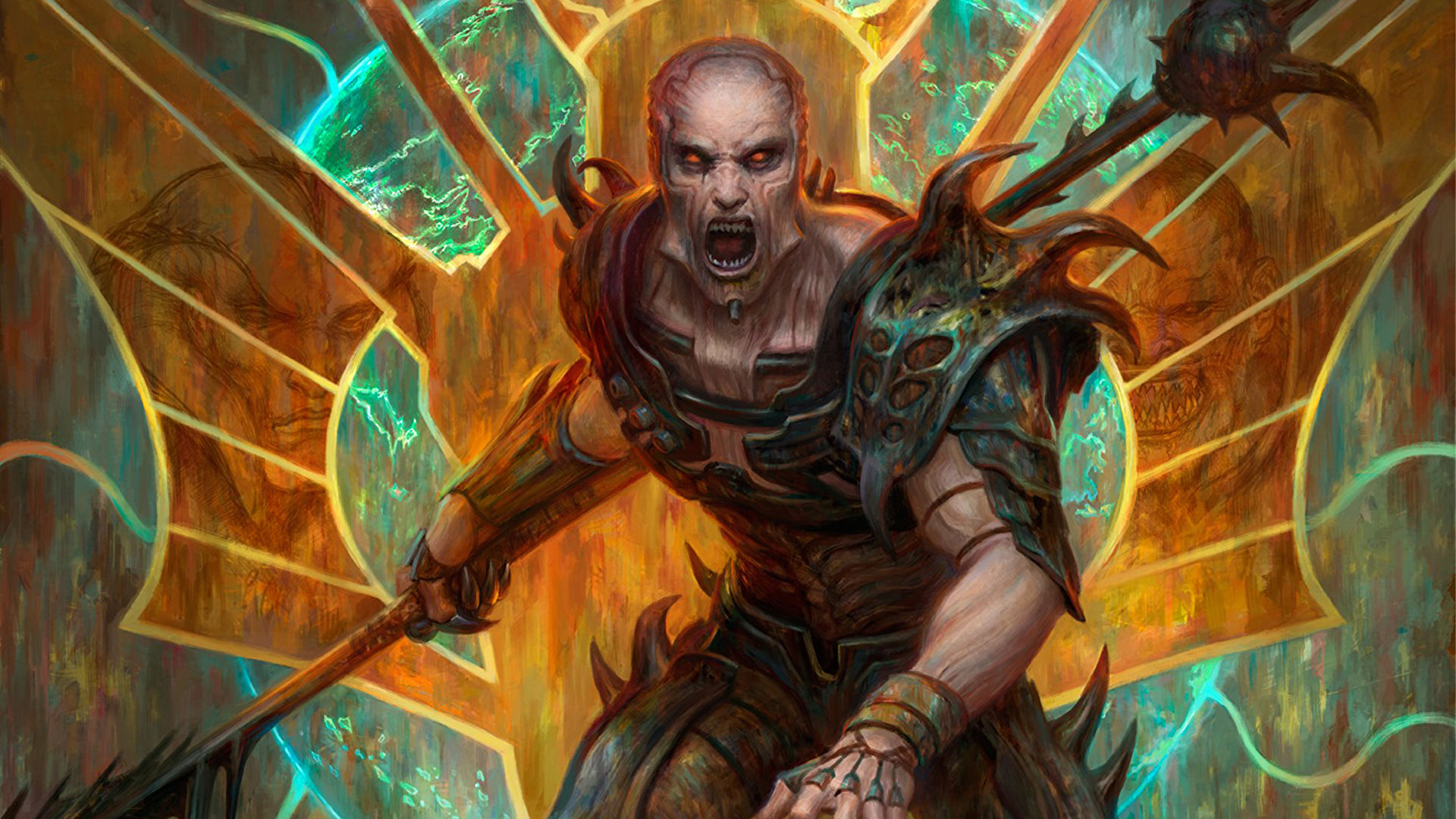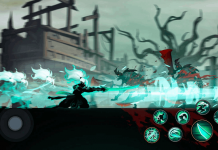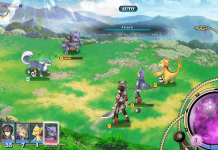In Magic: The Gathering card game you are a wizard that fights other wizards with a spellbook. The book allows you to summon creatures for a battle to represent you or apply Magic in attacking your enemies directly.
Still, you can use the Magic of blessings or misfortunes to strengthen your creatures and disarm your foes. Usually, we approach Magic strategically and tactically, but it's also fun to let your inner wizard roam freely.
That card game has been turned on its head with a new version of Magic, this time it is a role playing game (RPG). Up next we're going to tell you more about this awesome game.

Setting
Initially, any RPG requires some framework. Indeed, Magic composes an effective setting, and it also has a great plot, making it easier for you to strengthen your characters.
Additionally, you need to understand that it would be necessary to take the fluff elements arising from your rich RPG and apply them. Still, you can use a homebrew if you have one.
Mindful of this, we are going to enable the PCs to become normal adventurers and not Planes-walkers. The truth is, we don't require them to image themselves across all domains.
Character Establishment
Every player then establishes a character. It would be helpful if you were vague about your particulars at this point. Also, it would help if you concentrated on the foundational background and a host of personality characteristics.
Your real qualities and figures will be dictated by the expenses you accrue while playing, yet you can still configure them to a great extent.
The most significant player is the GM, as always, who requires ownership or access to huge amounts of magic cards.
Also, you can add to what you supply by buying bulk uncommon and common lots. The huge amount of money rares should not bother you; others may be cool while some may not.
To begin, the GM distributes three packs of cards to each player. Moreover, you can use real booster-backs. However, it is recommended that you create a random card pile from the commons mixed with some uncommon.
That is because rarity will be applied as the abstract representation level of power, and you may not fancy some first-level noobs to a juicy mythic rare!
Combat
How then does combat operate? Imagine the party going through the forest, and you think of having a face-to-face with them. So, the GM releases his inbuilt deck, and each person is shuffled, and you are left playing one game.
To balance the game, you can use the Archenemy guidelines, where all the players are allies, and the GM is the enemy. Further, the GM capitalizes on each turn, and this is a free advantage for him.
You can also think of the Archenemy schemes, or still, embrace some static advantage gained by the GM. My nay probably lands his hands on some double mana and acquires free creature token for each upkeep.
Note that there is going to be an issue with balancing; therefore, the GM needs to weigh the player deck's power levels and the total players present at the party.
However, this does not imply that the players might never fail, so ensure that each game lost is consequential.

Experience
The GM needs to gather card boxes, with every box having cards of a particular rarity. Note that you may not have most cards in the myth box, yet this is just fine.
If you want to reward players for their accomplishments in a particular game like finishing a quest or completing a puzzle, assign random numbers from a single box.
Further, that will allow you to measure XP to the player's level and the accomplishment value. If they draw three cards, it will not suffice, yet they will gather more cards with time with the colors they have selected to play.
Indeed, RPG players also need to score treasure. The treasure cards are specifically handled by the DM and not randomly drawn.
Conclusion
This is a skeleton of the Magic: the Gathering RPG version. The experience, skills and assets, combat, and character creation are important aspects of the game, if you loved the card version, you're gonna love this one.







